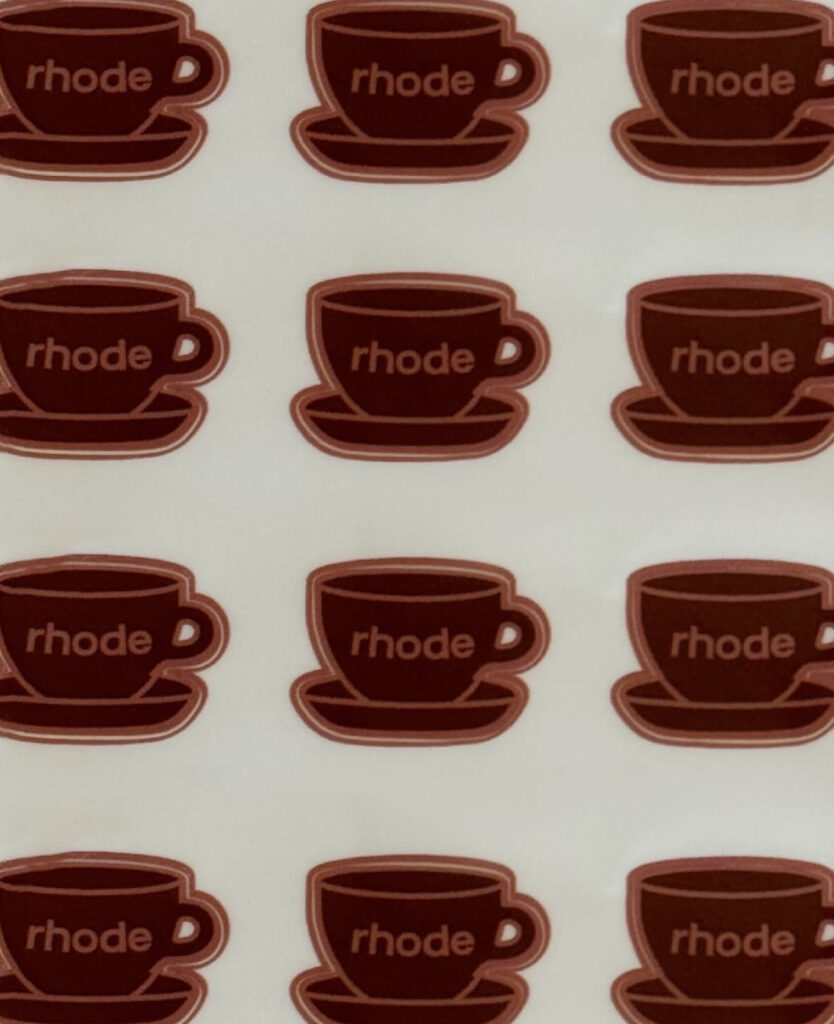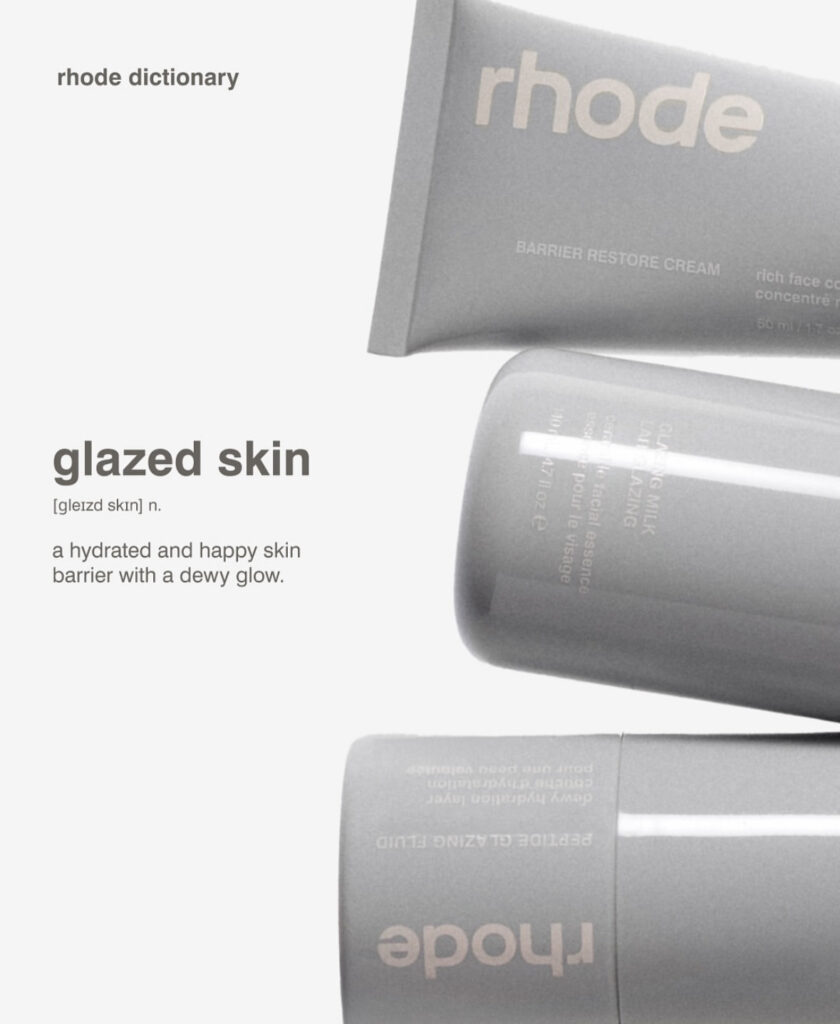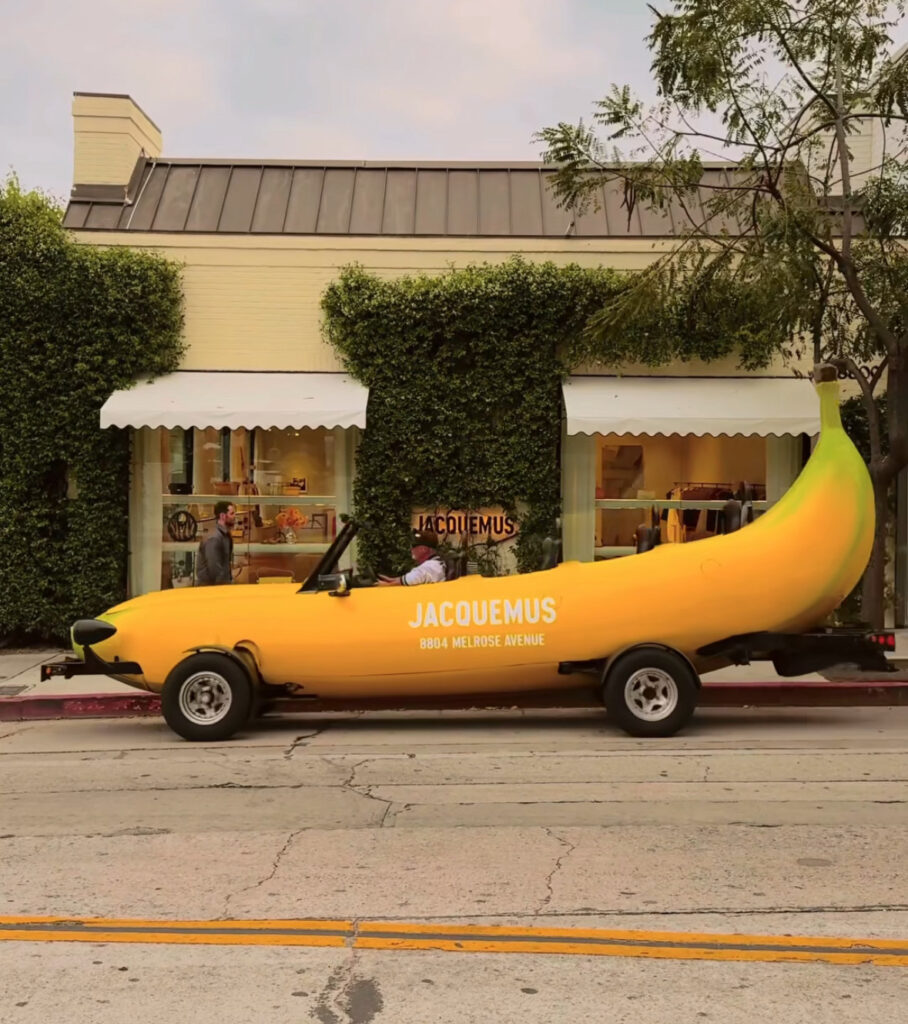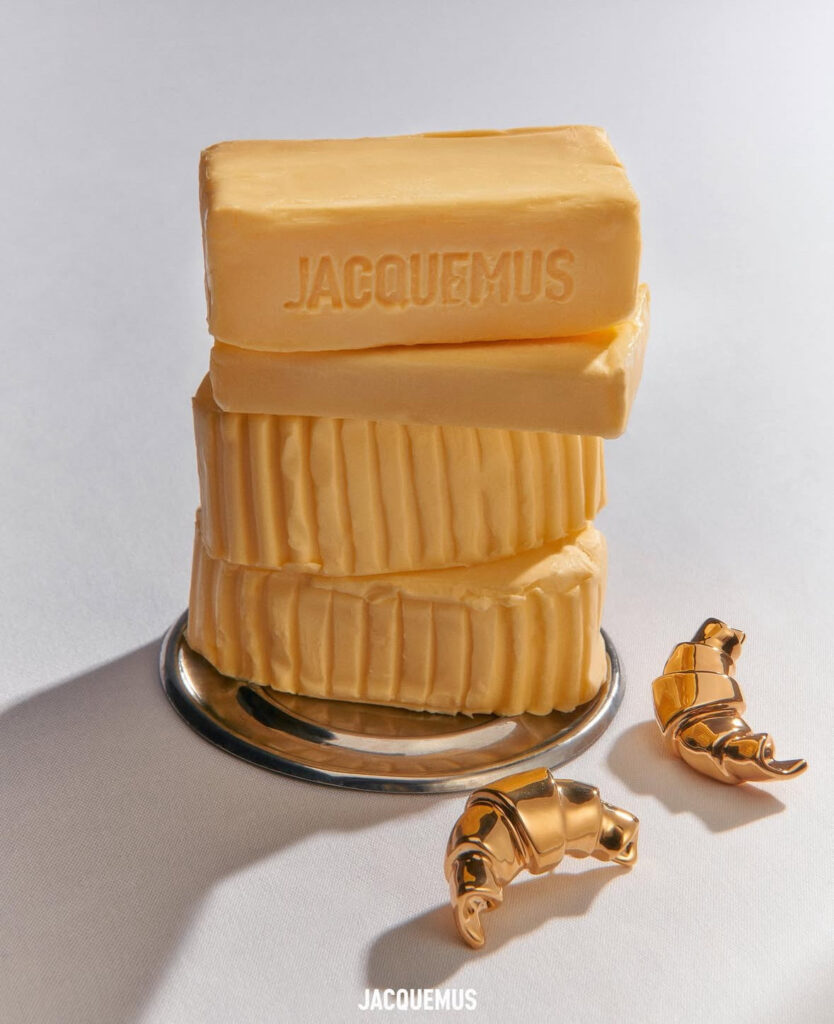Why Eat It When You Can Style It: When it comes to marketing food is the new trend
As i am writing this article i am wondering how many of our purchases are moved by personal choices and how many are induced by a carefully curated marketing strategy. For the latter a specific detail I have found to be common is the presence of food, that paired with the product, usually makes it more appealing. When trying to understand why food above all, I figured that it was a way to making something more ordinary look more luxurious while creating an aesthetically pleasing image.
The first example that came to my mind was Rhode, whose branding has been associated with food from the start. The ads promise a glazed skin and tints have names like espresso or toast, meaning that the connection with the culinary sector is beyond obvious.


Despite sounding superficial at start, it actually makes so much sense when combined with the era we live in now. In a world full of social media, we have developed the need to share the moments of our life in order to prove we are living a fulfilling one. Not only that, but the need to feel socially accepted has led us to making those moments look more aesthetic for other people to envy.
How this connects to my first hypothesis on the use of food is linked to the fact that objectively food is a more ordinary item and pairing it with exclusive products makes it more alluring.
Having said that this was an idea with no proven facts behind, therefore i had to do some researches. What i have found is that, most often than not, the strategy behind it is sensory marketing. In a handful what sensory marketing stands for is engaging with all the five senses of the viewers in order to influence their behaviour and turning them into customers. Meaning that when Rhode pairs a blush with a peach what it wants to evoke is the sweet taste of the fruit, as well as the experiences that come with the summer season such as tanning, being at the beach, the fresh salty air, etc

But other times this correlation -while it is for sure fi ltered through an attentive business strategy-is made beforehand, straight from the creative mind. On the topic a clear example is Jacquemus, a clothing brand founded by Simon Porte Jacquemus in 2010. In more occasions when asked about what his brand stands for, the designer shared that his aim is to refl ect the feelings felt in his childhood, specifi cally in his family home. Remembering this time he also mentioned how he used to eat often at his grandparents’ house, recalling their farmer roots and their love for beauty.


I see the use of food in marketing campaigns-whether they regard clothes or makeup- as a way to create a very personal connection with our own memories: maybe we don’t know much of the product perse, but we do know the food that comes with it, meaning we are familiar with the sphere of feelings related to it.
Taken individually the two brands discussed both use this mean while still evoking diff erent emotions: Rhode uses it to communicate with Gen Z, pushing on the concept of aestheticism and on the desire to share beauty on social media. On the other hand Jacquemus narrates a story, told in images characteristic of the Mediterranean culture.
If food for many stands for nostalgia, comfort or indulgence when paired with any kind of product, these emotions are immediately embodied by the latter. Meaning that the object of this match is to play with our personal experiences, to recall how they made us feel and to lead us to acquire the product wishing for it to contain the very same emotions we link to food.
The question is: if many times our culinary roots are able to bring us home, can an item do the same?

